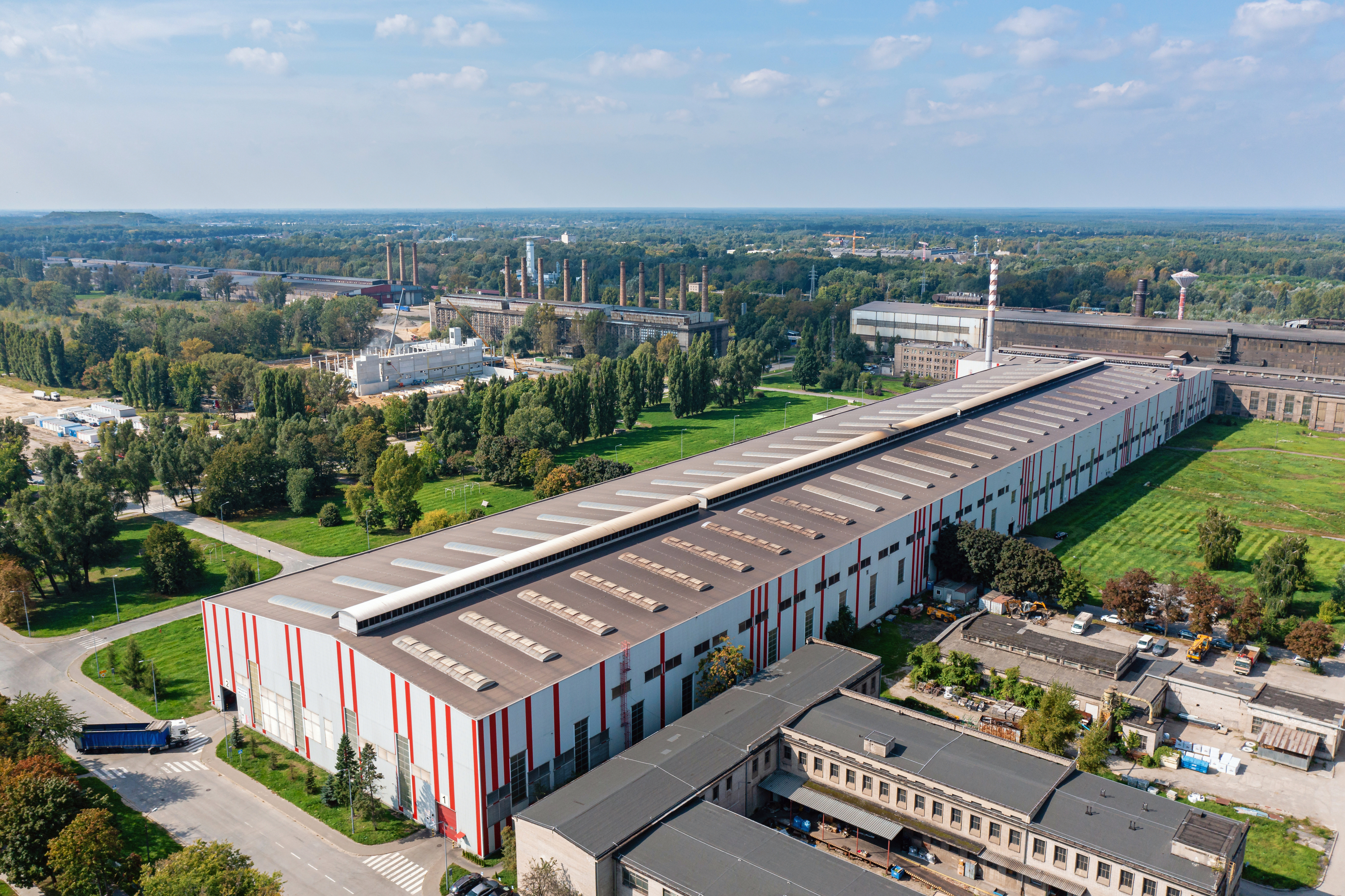Introduction
As the global industrial landscape evolves, investors and developers are looking beyond traditional markets to capitalize on opportunities in emerging regions. These markets often offer significant growth potential due to rising economic activities, improving infrastructure, and favorable governmental policies.
Identifying High-Growth Emerging Markets
Emerging markets with burgeoning industrial sectors include parts of Southeast Asia, Eastern Europe, and Latin America. Countries like Vietnam, Poland, and Brazil are witnessing rapid industrial growth driven by both local consumption and their roles in global supply chains.
Economic and Political Factors
- Vietnam: Increased foreign direct investment and a strategic location in Asia make Vietnam a hotspot for industrial development.
- Poland: As a gateway between Western and Eastern Europe, Poland benefits from its access to European trade routes and a skilled workforce.
- Brazil: With vast natural resources and a growing middle class, Brazil’s domestic market is ripe for industrial expansion.
Strategic Planning for Investments
Investing in emerging markets requires understanding the unique challenges and opportunities of each region:
- Infrastructure Quality: Assessing the existing infrastructure and upcoming projects is crucial as it directly impacts logistics and operations.
- Regulatory Environment: Navigating the legal and tax implications can determine the feasibility and profitability of investments.
- Economic Stability: Evaluating economic indicators and market trends helps predict long-term growth and sustainability.
Risk Management
Effective risk management strategies include:
- Diversification: Spreading investments across different regions and sectors to mitigate risks.
- Local Partnerships: Collaborating with local firms can provide valuable insights and facilitate smoother operations.
- Due Diligence: Comprehensive market research and analysis are imperative to make informed decisions.
Conclusion
Emerging markets offer exciting opportunities for industrial real estate investment but require a nuanced approach to maximize returns and minimize risks. By understanding the specific dynamics of each market, investors can strategically position themselves to benefit from the next wave of industrial growth.

